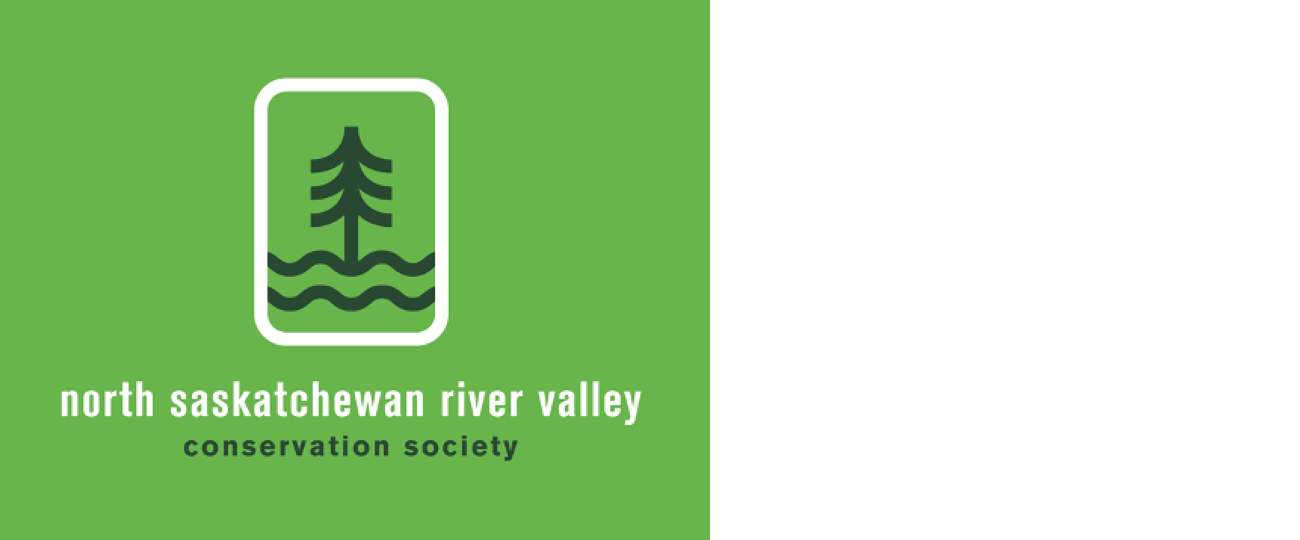Second Latta bridge an example of recycling industrial materials
On October 29, 2023 the new Latta Bridge on Jasper Avenue between 90 and 91 Street opened. It is the third bridge in this location. David Gilliland Latta, blacksmith, one-time Royal North-West Mounted Police constable, gold rush hopeful, and City Alderman, built the first bridge, a crude wood-timber construction, in 1911.
Growing automobile ownership, heavier vehicles, and increased transit frequency wreaked havoc in the intervening years, and in 1929 traffic engineers condemned Latta’s old bridge. Yet a replacement never came, as the onset of the Great Depression prevented the City from pursuing such a financially onerous project. A proposed ravine-fill alternative was abandoned when old coal mines were discovered under the site.
By law, the City had the authorization to spend up to $100,000 a year for works related to unemployment relief if Council so directed. In November 1935 they did, proposing a new bridge as a $44,000 make-work project for Edmonton’s starving labourers, accessing federal and provincial funding available through tripartite work relief agreements. The bridge was constructed in 1936 and demolished in 2022.
The second Latta Bridge was an early example of recycling industrial materials thanks in part to its use of upcycled components. Steel members produced for, but unused in, a 1931 modification to the High Level Bridge were altered at a storage site and hauled to the new bridge by tractor, while old streetcar tracks, hoarded by a Depression-conscious municipal government, were used to reinforce all mats in pedestals. https://www.forgottenedmonton.com/blog/the-latta-ravine-bridge
Share your vision for northeast river valley park
On September 24, 2023, the City of Edmonton opened Northeast River Valley Park. Edmontonians can now access the park’s amenities, but a long-term plan is needed for the park.
A strategic plan for Northeast River Valley Park will establish a unique vision, guiding principles, and recommendations in many areas including naturalization, restoration, access, and programming for the park. The plan will also incorporate the park into the City’s broader Ribbon of Green strategy, River Valley Planning Modernization project, and other City policies.
The vision statement will reflect the goals and plans for the park’s future. Share your ideas for the Northeast River Valley Park vision until February 29 at https://engaged.edmonton.ca/northeastrivervalleypark
Davies valley line station across the road from Roper Pond natural area
In the heart of the Davies industrial area near 75 Street and Wagner Road, the sleek and modern-looking Davies station stands three stories tall. Davies is the only elevated station along the Valley Line, built to ensure trains do not have to stop and wait for freight trains, which have priority over all other modes of transport. https://transforming.edmonton.ca/davies-station-a-future-focused-design-in-the-industrial-heart-of-south-edmonton/
Across from Davies station, on the other side of 75 Street is Roper Pond, constructed in 2004 as a naturalized on-line stormwater treatment facility and built to mimic a riverine marsh ecosystem. This YEG hidden gem consists of a large open water area with an emergent vegetation fringe and surrounding upland deciduous forests along the southwest and southeast perimeter of the wetland.
Roper Pond is connected to riparian areas of Mill Creek that form a relatively continuous corridor southward. The diversity of habitats and the site’s location within the Mill Creek riparian corridor offer an excellent opportunity to view a multitude of waterfowl and other bird species, various mammal species, amphibians and insects. https://www.edmonton.ca/city_government/environmental_stewardship/roper-pond-constructed-wetland
Study finds outdoor cats hunt and scavenge 2,000 species globally
Marian writes “I agree that cats are predators and many birds, insects and reptiles have been killed because of the hunting nature of cats. Birds and other animals are always wary of being attacked by predators like cats, coyotes and other ravine dwellers.
Perhaps tracking the number of kills around artificial sites such as solar farms and wind generators might also lead to a compromise between our needs as humans and the ability of birds to fly without the dangers they do not understand. Nice to know that there is a system of tracking birds flying on route to and from territorial nesting places.”
Moose make a Christmas holiday visit to Edmonton
https://edmonton.ctvnews.ca/video/c2836596-moose-family-removed-from-edmonton-lawn
Comment or contribution
Please note that articles may not reflect the position of NSRVCS. River Valley News is meant to be a clearinghouse for the wide variety of opinions and ideas about Edmonton’s River Valley. Email river valley photos, event information, comments, or questions to nsrivervalley@gmail.com
















